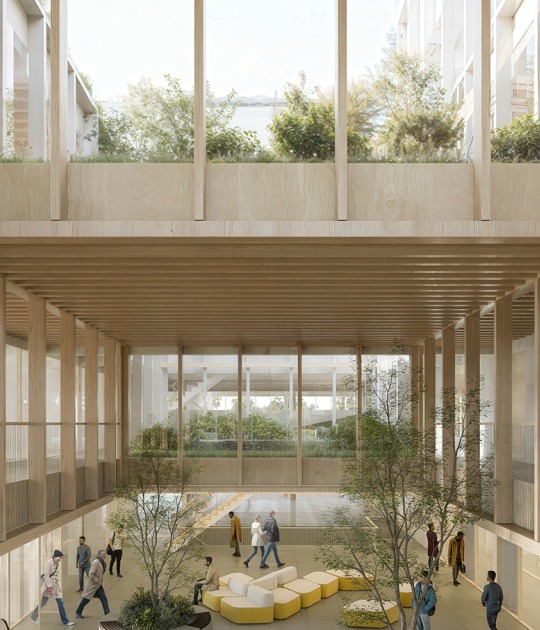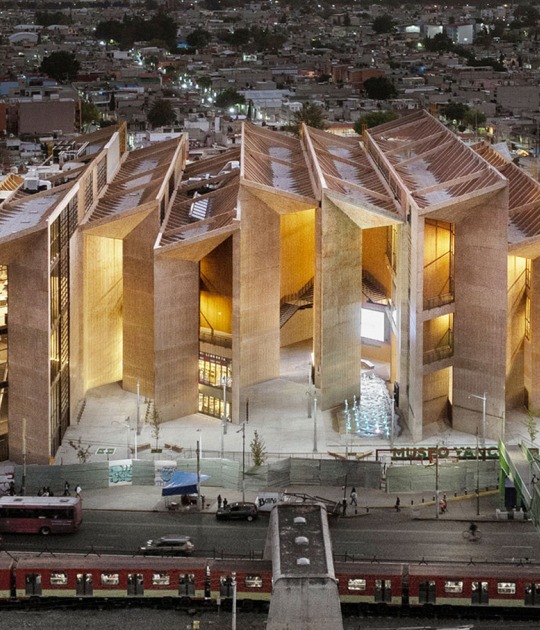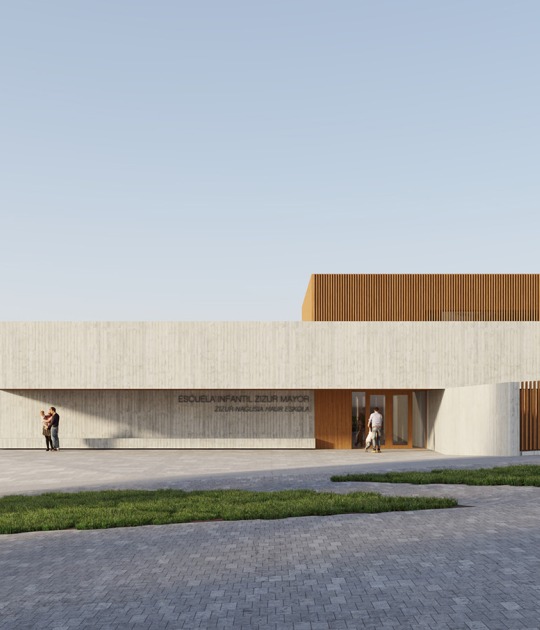Open Shore proposal by Ecosistema Urbano is the winning proposal of the international competition Shore to Core, commissioned by the city of West Palm Beach, Florida, USA, and organized by the Van Alen Institute.
Description of project by Ecosistema Urbano
A Lively and Inclusive Downtown With a New Iconic Waterscape Experience
Open Shore imagines the future West Palm Beach as a dynamic and inclusive downtown. It will provide access to a new urban waterscape, enhancing the city’s connection to the lagoon and all of its infinite possibilities of urban leisure and enjoyment.
The project is designed to foster a lively city in which the waterfront plays a key role as West Palm Beach’s most representative space. The new waterfront incorporates a wide array of outdoor activities and public spaces that enhance the urban experience and multiply the possibilities of interaction with the water. The intervention takes into consideration the needs of youth and seniors alike in order to make a positive impact on the city as a whole and create a healthier living environment for all of West Palm Beach’s residents and visitors.
The ecological and resilient design allows people to enjoy a more comfortable environment all year round: by coordinating natural elements and bioclimatic devices, each public space will be characterized by a specific microclimate matched to the different activities that will take place there. This also presents an opportunity for users to reconnect to nature and to the uniqueness of Lake Worth Lagoon. This climatic comfort and range of activities will foster social interaction, making the downtown more active and appealing all year round.
Waterfront Plazas: Bioclimatic & Thematic Units
The waterfront provides a fluid and accessible urban space for everyone, but it also features a great variety of spaces that can be walked across, visited, or used to enjoy different experiences. Each of those places favors a specific program or a particular set of activities while remaining open to reinterpretation and use by its local inhabitants or temporary visitors. The different activities are organized inside a series of ‘plazas’ or micro-centers, but also between and around them.
Every aspect of each of the waterfront ‘plazas’—the structure, the shape, the colors and materials, the presence of vegetation or passive and active bioclimatic technologies—is aimed at creating a specific and memorable atmosphere especially conceived to play along with certain activities.
Fresh and shady like a forest. Open and breezy like a seashore. Clean and bright like a museum hall. Quiet and peaceful like a private courtyard. Filled with water like an aquarium. Humid and warm like a sauna. Sandy and sunny like a beach. Colorful and imaginative like the best playground a child could ever imagine.
Water, sound, shade, vegetation, music, topography, silence, color, creative furniture, sun, wind and—of course—people, all conform an urban experience like no other: one that celebrates the spirit of West Palm Beach.
The New Generation Of Civic Minded Buildings Starts In West Palm Beach
The Banyan Garage is reimagined as a new beacon for activities in Downtown. This hybrid and exceptionally flexible building will be open to the public day and night and it will have an active presence in the city, attracting business and talent with its varied programs. This new hub will be a place where people create knowledge, cultivate culture, foster innovation, and even produce goods. Its configuration allows many different uses to coexist, which also makes it flexible to adapt to changing needs in the future.
It is an accessible building that will become a true part of the city, starting from the ground floor all the way to the public roof terrace.
Its ecological design features a green permeable façade and two themed courtyards -one natural and one digital- that will ensure pleasant environmental conditions all year round while also reducing the building’s environmental impact and management costs.

















































